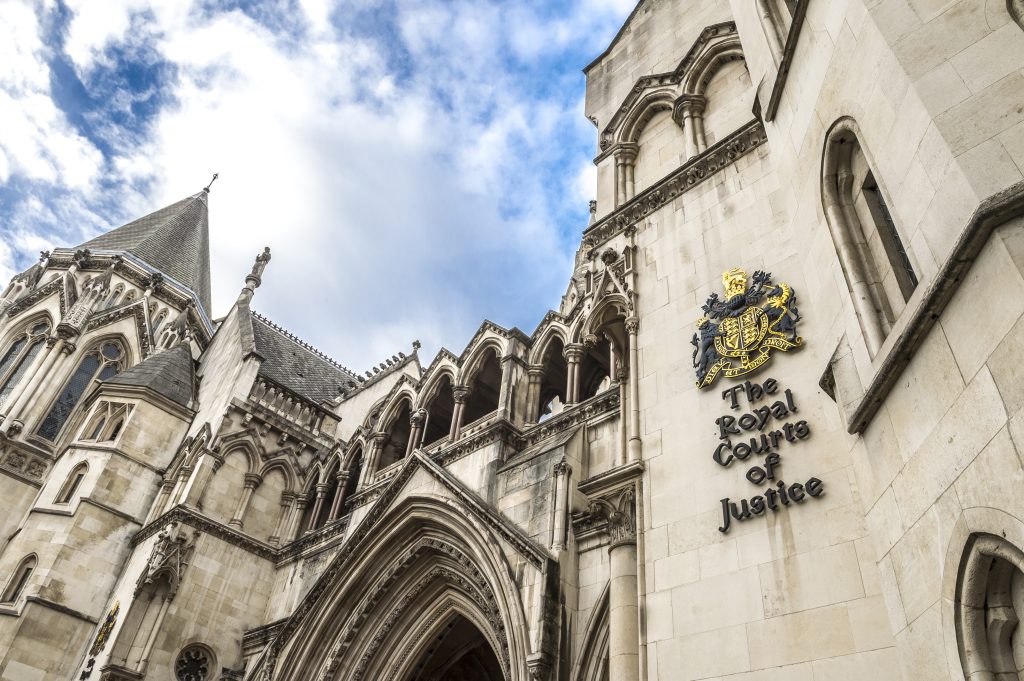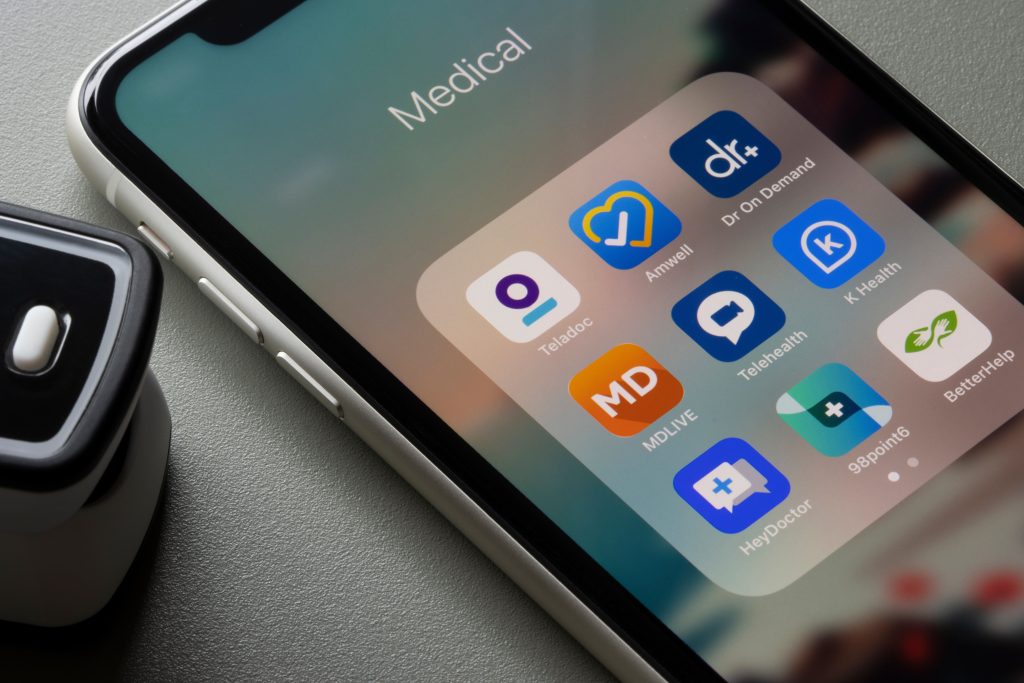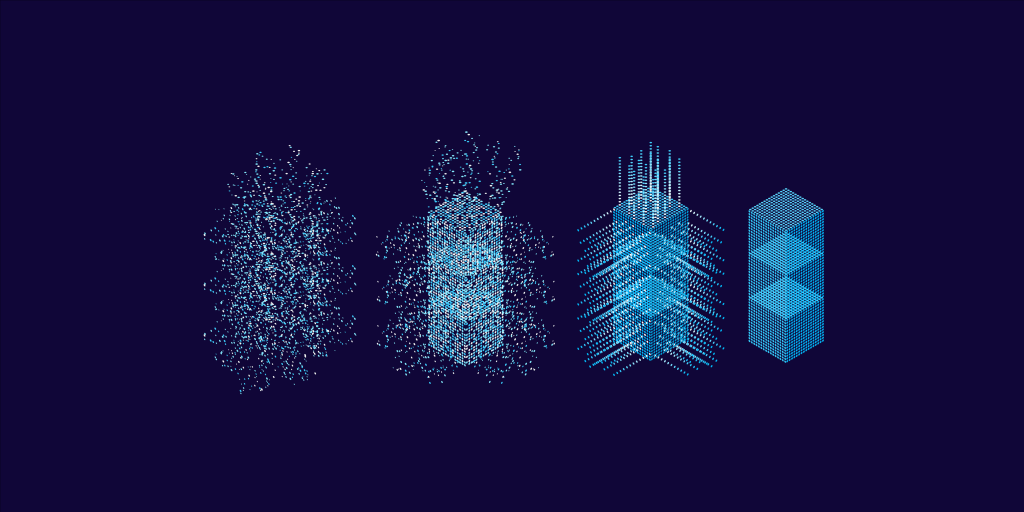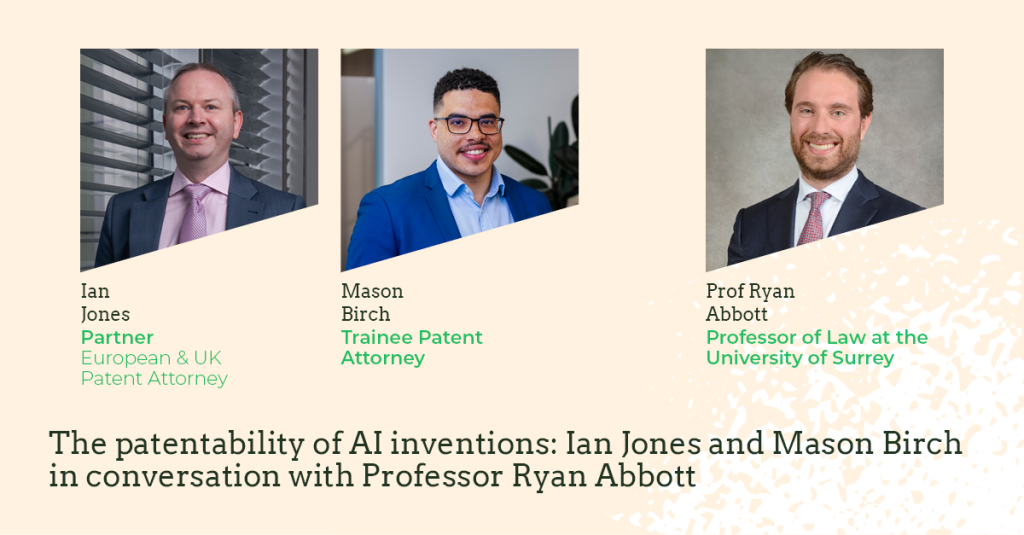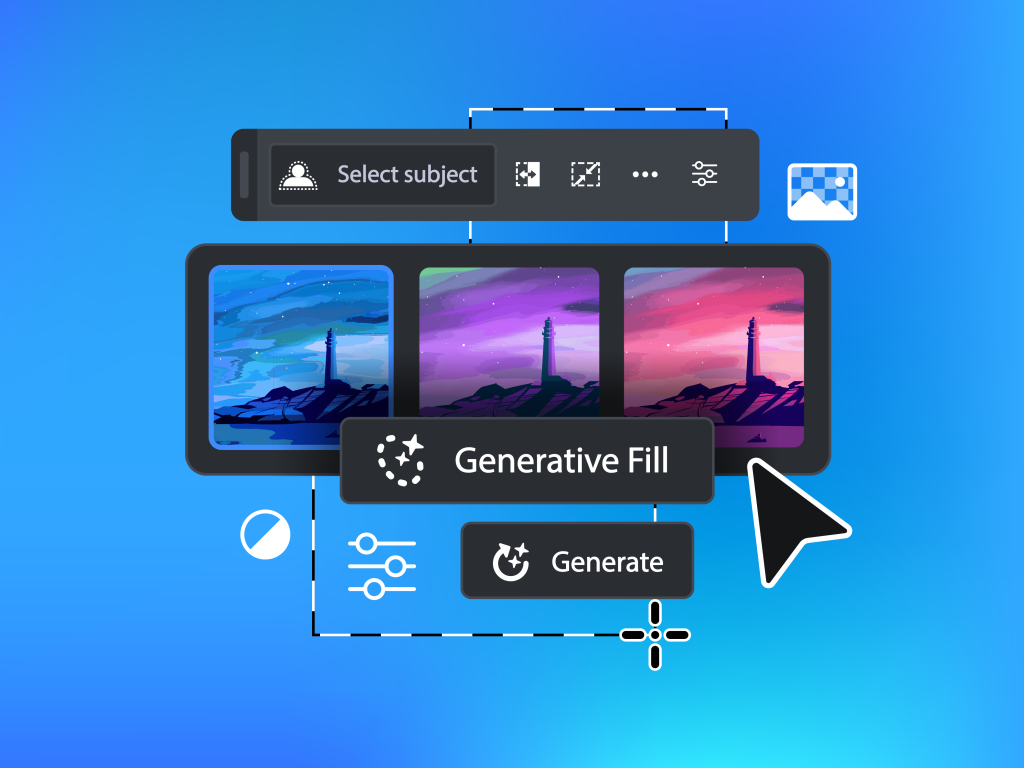
The EPO has just issued a preview of the next iteration of their Guidelines for Examination. This new version officially comes into force on 1 March 2021 but the EPO has provided an early release to allow applicants and attorneys to familiarise themselves with the changes before they go live.
Applicants operating in the fields of data storage and database querying will be pleased to learn that the EPO has acknowledged that these fields often generate technical inventions that can be the subject of granted European patents. However caveats to this exist and some areas in these fields, perhaps most notably inventions seeking to improve the relevance of search results, will struggle to gain the technical character required for the possibility of an inventive step. Additional guidance has also been provided for those working in the natural language processing space with the clarification that novel features based purely on linguistic considerations will not be enough to gain technical character. Instead, another aspect of the invention will need to provide additional technical character in such cases.
Data storage, retrieval and searching
Modifications leading to improved query response times and system throughput have been expressly acknowledged as technical and therefore capable of supporting an inventive step in principle. It has also been acknowledged that processes performed by database management systems will often, but not always, be classed as technical by the EPO. As an example of this latter point, making efficient use of computational resources in the retrieval of data is considered technical. This is likely to have most relevance to applicants working with big data and/or systems that handle high transaction volumes.
With regard to searching, an interesting pair of terms have been defined: “executing structures queries by a database management system” and “information retrieval”. It appears that the EPO’s objective here is to divide search query formulation into two categories – queries formulated in a structured way according to rules of the system being queried (e.g. queries formulated using SQL), and unstructured queries that are not bound by any particular constraints in their formulation (e.g. entry of natural language into a search engine). The new Guidelines suggest that the EPO considers structured queries to have inherent technical character whereas unstructured queries do not.
Additionally, search algorithms that rank results based solely on non-technical considerations like linguistic rules, the cognitive content of an item to be retrieved or other such subjective criteria will not gain technical character through the ranking itself. This would seem to include a lot of social media-type searching, e.g. the suggestion of people one may wish to connect with, or the curation of a news feed based upon articles to which connections have responded positively.
The new Guidelines also comment that the concept of a “better search” is subjective, suggesting that technical character will not be awarded to inventions that provide results that are more relevant. Instead, it will be necessary to show some kind of objective improvement within the searching system – e.g. all queries are executed more quickly by the invention owing to a novel query structure.
Data structures
The distinction between so-called ‘functional’ data structures and ‘cognitive’ data structures defined in the current edition of the Guidelines still remains, and amendments to this section appear to be stylistic rather than substantive. Functional data structures control a technical system whereas cognitive data structures have meaning only in the mind of a human user. Only functional data structures have the possibility of possessing technical character.
The new Guidelines include the possibility of a third ‘miscellaneous’ category of data structure which is not cognitive per se but nevertheless does not make a technical contribution. The example of a computer program structure is provided as falling into this new third category as it is said to “aim at facilitating the task of the programmer, which is not a technical effect serving a technical function”. This would appear to be referring to things like the arrangement of modules of code within a codebase or the positioning or arrangement of functions or commands within code, which may previously have been considered to be presentations of information by the EPO.
Natural language processing
The new edition of the Guidelines codifies a position that has been developing in EPO case law, namely that linguistic features are inherently non-technical. This has significant consequences for inventions in the natural language processing field as it excludes novel natural language processing algorithms that differ solely based on linguistic considerations from patentability.
More positively, the new Guidelines acknowledge that the process of transforming linguistic considerations into computer code to automate a linguistic analysis can provide technical character, but only if some “further technical considerations” are present. What these ‘further technical considerations’ are has been deliberately left open as an exhaustive definition would inevitably be found not fit for purpose, but the example of considerations relating to the internal functioning of a computer system has been given. For example, encoding the linguistic algorithm such that it operates particularly efficiently on a particular class of processor would seem to meet this requirement, whereas suggesting a particularly pertinent word based on text previously entered by a user would not.
Conclusion
These new Guidelines will be welcomed by applicants. Although the Guidelines do not change the legal position that already existed, they will be useful for attorneys during prosecution in helping examiners to find technical subject matter for difficult cases. For these borderline cases, input from a European attorney will always be helpful at the drafting stage so that the content of the application and the claims can be focussed on those aspects of the invention which are more likely to provide technical character under the EPO’s assessment.
If you would like to discuss the new guidelines and whether they impact your business, please contact us via gje@gje.com.
